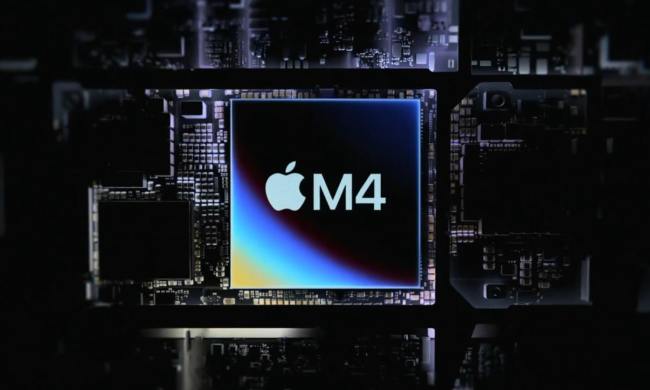
In a major foreign policy address, U.S. Secretary of State Hilary Clinton is putting Internet freedoms at the front and center of U.S. foreign policy, citing recent developments in Egypt and Iran as examples of how communications and new technologies can lead to peaceful political transformation. Clinton’s remarks are the second time she has emphasized Internet policy has a central part of the U.S. foreign policy platform; the first occasion came in the wake of cyber-attacks targeting Google and other U.S. corporations operating in China.
“There is a debate underway in some circles about whether the Internet is a force for liberation or repression,” Clinton wrote in excerpts of her address released early by the State Department. “”History has shown us that repression often sows the seeds for revolution down the road. Those who clamp down on Internet freedom may be able to hold back the full impact of their people’s yearnings for a while, but not forever.”
Clinton’s remark’s re-iterate the Obama administration’s position that Internet freedoms are a basic human right, noting that communications technologies and applications like social networking services enable people to express their views and work together outside the constraints of state-run media and services. Services like Twitter and Facebook have undeniably played roles in recent developments in Tunisia, Egypt, and Iran; however, some governments around the world—most notably China—view an unfiltered Internet as a form of western cultural imperialism that undermines their own values, culture, and traditions.
At the same time as the State Department argues in favor of broad Internet freedoms around the world, the agency has also been trying to do damage control in the wake of U.S. diplomatic cables released by WikiLeaks, which (among other things) paint unflattering portraits of some of the U.S.’s key diplomatic partners and indicate the Chinese government was behind attacks against Google. Clinton has decried the release of “stolen” information, noting that the release of U.S. diplomatic cables could damage foreign relations and jeopardize the safety of confidential informants and human rights activists.
“Our allegiance to the rule of law does not dissipate in cyberspace,” Clinton’s speech excerpts read. “Neither does our commitment to protecting civil liberties and human rights.”
The U.S. Justice Department today indicated it is seeking to enforce a court order that would require Twitter to turn over records of communications between WikiLeaks’ Julian Assange, a member of the Icelandic Parliament, and two other individuals. The U.S. government is seeking physical and IP address information, private direct messages exchanged between the individuals, and connection records.


